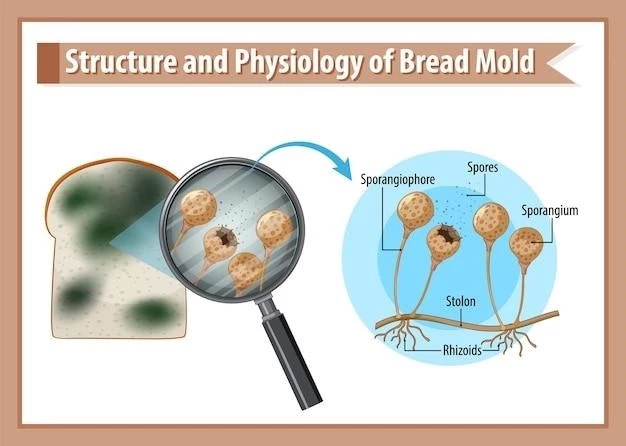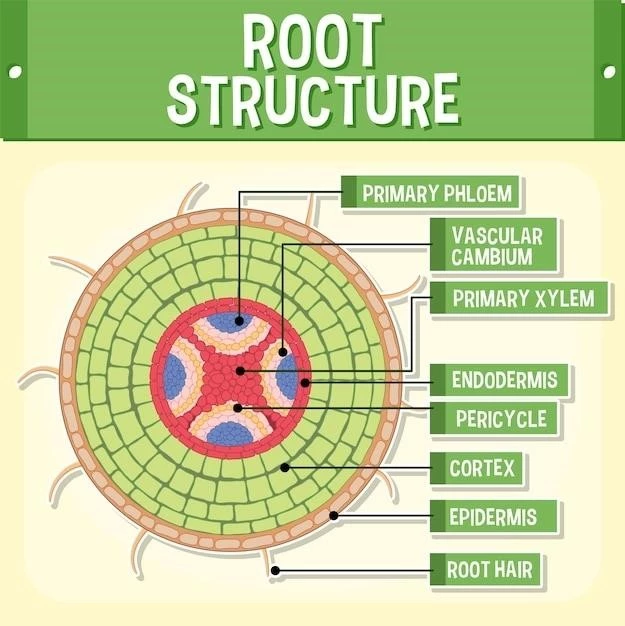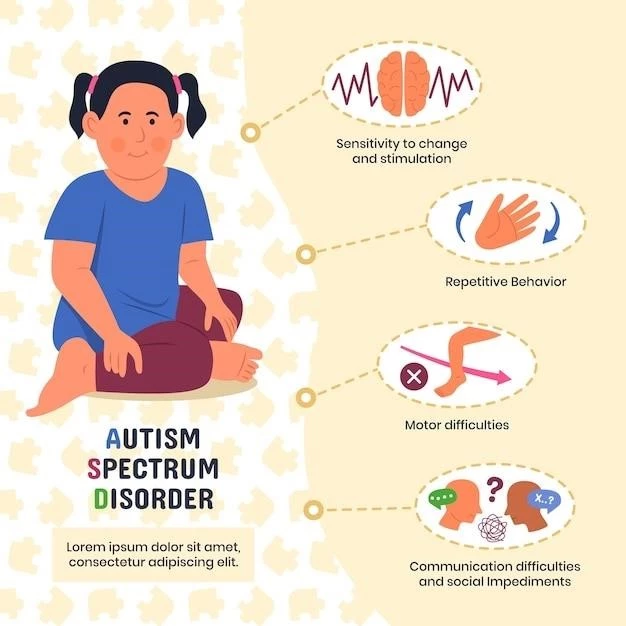Schneckenbecken dysplasia (SHNKND) is a perinatally lethal skeletal dysplasia. The German term Schneckenbecken refers to the distinctive, snail-like appearance of the ilia that results from a medial bone projection from the inner iliac margin. Other hallmarks of the disorder include thoracic hypoplasia, severe flattening of the vertebral bodies, and short, thick long bones.
Definition and Characteristics
Schneckenbecken Dysplasia (SHNKND) is a perinatally lethal skeletal dysplasia with distinct characteristics including the snail-like appearance of the ilia due to a bone projection, thoracic hypoplasia, severe flattening of vertebral bodies, and short, thick long bones. This rare autosomal recessive condition is associated with unique radiographic findings and genetic mutations.
Genetic Causes of Schneckenbecken Dysplasia
Schneckenbecken dysplasia is caused by genetic mutations, also known as pathogenic variants. These mutations can be hereditary or occur randomly during cell division.
Role of Genetic Mutations
Schneckenbecken dysplasia is attributed to genetic mutations, known as pathogenic variants. These mutations can be hereditary, passed down from parents, or arise spontaneously during cell division. Environmental factors or viral infections can also contribute to genetic mutations.

Clinical Presentation of Schneckenbecken Dysplasia
The clinical presentation of Schneckenbecken dysplasia includes distinctive skeletal features such as a snail-like appearance of the ilia, thoracic hypoplasia, flattened vertebral bodies, and short, thick long bones.
Signs and Symptoms
The signs and symptoms of Schneckenbecken dysplasia include a distinct snail-like appearance of the ilia, thoracic hypoplasia, flattening of vertebral bodies, and short, thick long bones. These characteristic skeletal features are key indicators of this rare and perinatally lethal skeletal dysplasia.
Diagnostic Methods for Schneckenbecken Dysplasia
Diagnosing Schneckenbecken dysplasia involves analyzing the distinct skeletal features through radiological findings. Genetic testing may also be conducted to identify specific mutations associated with the condition.
Radiological Findings
Radiological findings of Schneckenbecken dysplasia typically show flattened, hypoplastic vertebral bodies, short ribs, and a unique snail-like configuration of the iliac bones. The short, broad long bones with a dumbbell-like appearance are also characteristic features revealed through radiographic imaging.
Support and Advocacy for Schneckenbecken Dysplasia
Community groups offer support and resources for individuals affected by Schneckenbecken dysplasia, providing invaluable information and assistance for those navigating this rare and challenging condition.
Community Groups and Resources
Community groups and support organizations play a crucial role in providing assistance and information to individuals and families affected by Schneckenbecken dysplasia. These groups offer valuable support, guidance, and community to navigate the challenges associated with this rare skeletal dysplasia.

Epidemiology and History of Schneckenbecken Dysplasia
Since its first description in 1986, Schneckenbecken dysplasia has been reported in various countries with a total of 19 cases documented. The condition is inherited in an autosomal recessive manner, resulting in perinatal lethality.
Reported Cases and Geographic Distribution
Schneckenbecken dysplasia was first described in 1986, with a total of 19 reported cases documented worldwide. These cases have been reported in various countries, including the USA, Australia, Switzerland, The Netherlands, Japan, and Italy. The condition follows an autosomal recessive inheritance pattern and is associated with perinatal lethality.
The treatment and management of Schneckenbecken dysplasia focus on providing supportive care as the condition is perinatally lethal; Strategies may involve palliative measures to ensure comfort during the limited lifespan of affected individuals.
Treatment and Management of Schneckenbecken Dysplasia
The treatment and management of Schneckenbecken dysplasia focus on providing supportive care as the condition is perinatally lethal. Strategies may involve palliative measures to ensure comfort during the limited lifespan of affected individuals.
Research and Future Directions for Schneckenbecken Dysplasia
Ongoing studies focus on further understanding the genetic mutations associated with Schneckenbecken dysplasia and exploring potential treatment options to improve the management of this rare condition.
Genetic Testing and Ongoing Studies
Ongoing research focuses on genetic testing to identify mutations linked to Schneckenbecken dysplasia, advancing understanding of the condition’s molecular basis. Studies aim to explore potential therapeutic targets and improve management strategies for this rare skeletal disorder.
